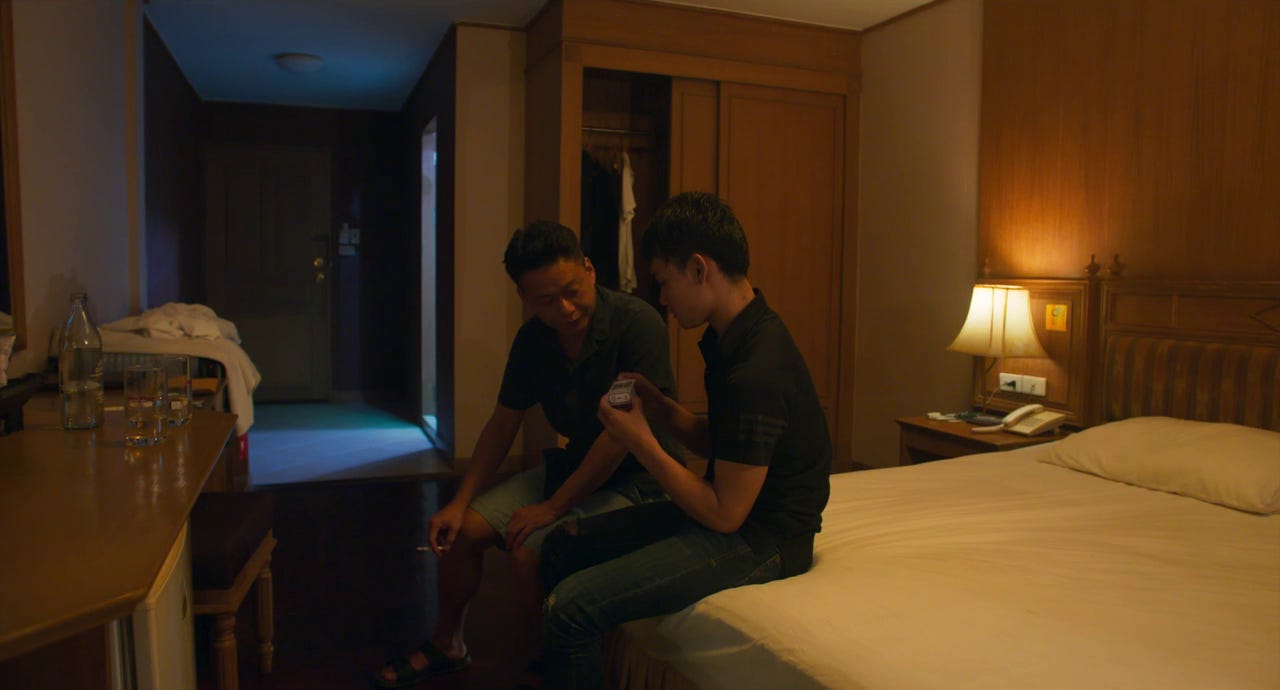It has already been pointed out how Tsai Ming-liang’s cinema is perhaps the most ideal COVID-companion. His quasi-apocalyptic The Hole depicts a man and a woman living at once in close proximity to one another and yet completely alienated and isolated in their respective apartments—the barrier between which becomes eroded by the appearance of a mysterio…
Keep reading with a 7-day free trial
Subscribe to Long Voyage Home to keep reading this post and get 7 days of free access to the full post archives.




